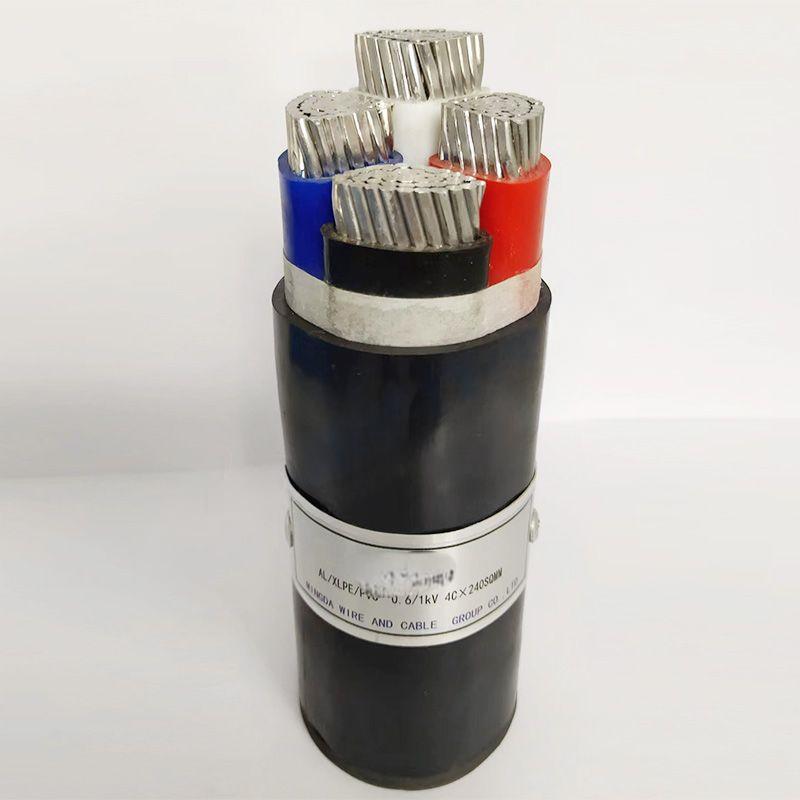Aug . 31, 2024 14:27 Back to list
flexible rubber expansion joint
Understanding Flexible Rubber Expansion Joints A Comprehensive Overview
Flexible rubber expansion joints play a crucial role in various industrial applications, acting as vital components designed to absorb vibration, accommodate misalignment, and compensate for thermal expansion and contraction in piping systems. These joints are particularly essential in systems involving water, chemicals, or gases, enabling smooth operation while maintaining the integrity of the pipeline.
Key Features and Benefits
One of the primary advantages of flexible rubber expansion joints is their ability to absorb movements caused by thermal changes. As temperatures in piping systems fluctuate, materials expand and contract, which can lead to stress and potential failure if not properly managed. Flexible rubber joints act as a buffer, accommodating these changes without compromising the system's structural integrity.
Moreover, these joints are effective in minimizing vibration transmission. Machinery vibration can lead to significant wear and tear on pipeline systems, potentially causing leaks or ruptures. By incorporating flexible rubber expansion joints, operators can reduce the impact of vibrations, prolonging the life of the entire system.
Material Composition
Flexible rubber expansion joints are typically made from various types of rubber, including neoprene, EPDM (ethylene propylene diene monomer), and natural rubber. The choice of material depends on the specific application and the substances being transported. For instance, EPDM is often preferred for applications involving high temperatures and exposure to ozone, while neoprene is suitable for environments requiring resistance to oils and chemicals.
Design Considerations
flexible rubber expansion joint

When selecting flexible rubber expansion joints, several design factors must be considered to ensure optimal performance. These include the joint's size, pressure rating, and the types of movements it will need to accommodate, such as axial, lateral, or angular displacements. Proper installation is equally crucial; a misaligned or improperly fitted joint may lead to premature failure.
Applications
Flexible rubber expansion joints find applications across various sectors, including water treatment plants, chemical processing facilities, HVAC systems, and even in the construction industry. Their versatility makes them a preferred choice for many engineers and designers looking to enhance system reliability and efficiency.
Maintenance and Longevity
While flexible rubber expansion joints are designed for durability, regular maintenance is essential to ensure their longevity. Routine inspections can help identify signs of wear or damage, such as cracking or deformities, allowing for timely replacements. Maintaining optimal operating conditions, including temperature and pressure limits, will further extend the life of these joints.
Conclusion
In summary, flexible rubber expansion joints are vital components in modern piping systems, offering significant advantages in terms of flexibility, vibration absorption, and overall system durability. By understanding their features, materials, and applications, industry professionals can make informed decisions that enhance the reliability and efficiency of their systems. Investing in high-quality expansion joints will invariably lead to reduced downtime and maintenance costs, making them an indispensable asset in industrial operations.
Share
-
Reliable Wafer Type Butterfly Valves for Every IndustryNewsJul.25,2025
-
Reliable Flow Control Begins with the Right Ball Check ValveNewsJul.25,2025
-
Precision Flow Control Starts with Quality ValvesNewsJul.25,2025
-
Industrial Flow Control ReliabilityNewsJul.25,2025
-
Engineered for Efficiency Gate Valves That Power Industrial PerformanceNewsJul.25,2025
-
Empowering Infrastructure Through Quality ManufacturingNewsJul.25,2025